Jihyun Kim
An Adversarial Learning Approach to Irregular Time-Series Forecasting
Nov 28, 2024
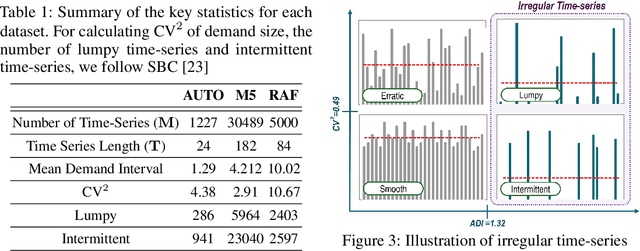

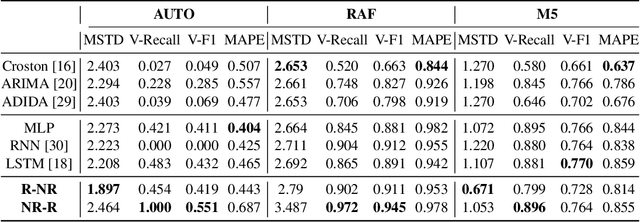
Abstract:Forecasting irregular time series presents significant challenges due to two key issues: the vulnerability of models to mean regression, driven by the noisy and complex nature of the data, and the limitations of traditional error-based evaluation metrics, which fail to capture meaningful patterns and penalize unrealistic forecasts. These problems result in forecasts that often misalign with human intuition. To tackle these challenges, we propose an adversarial learning framework with a deep analysis of adversarial components. Specifically, we emphasize the importance of balancing the modeling of global distribution (overall patterns) and transition dynamics (localized temporal changes) to better capture the nuances of irregular time series. Overall, this research provides practical insights for improving models and evaluation metrics, and pioneers the application of adversarial learning in the domian of irregular time-series forecasting.
Enhanced Deep Speech Separation in Clustered Ad Hoc Distributed Microphone Environments
Jun 14, 2024Abstract:Ad-hoc distributed microphone environments, where microphone locations and numbers are unpredictable, present a challenge to traditional deep learning models, which typically require fixed architectures. To tailor deep learning models to accommodate arbitrary array configurations, the Transform-Average-Concatenate (TAC) layer was previously introduced. In this work, we integrate TAC layers with dual-path transformers for speech separation from two simultaneous talkers in realistic settings. However, the distributed nature makes it hard to fuse information across microphones efficiently. Therefore, we explore the efficacy of blindly clustering microphones around sources of interest prior to enhancement. Experimental results show that this deep cluster-informed approach significantly improves the system's capacity to cope with the inherent variability observed in ad-hoc distributed microphone environments.
Diffusion-driven GAN Inversion for Multi-Modal Face Image Generation
May 07, 2024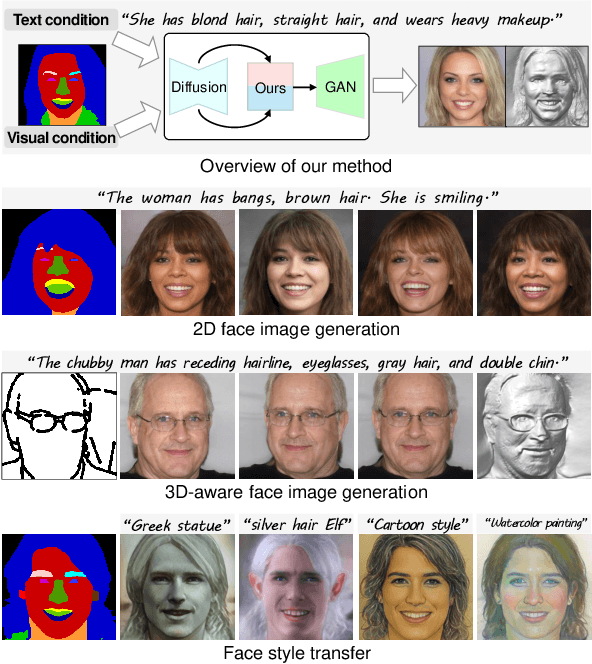

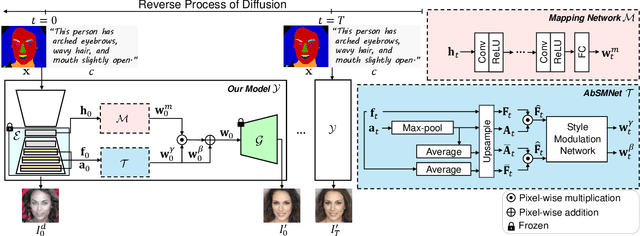
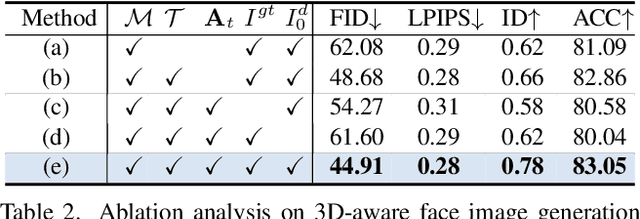
Abstract:We present a new multi-modal face image generation method that converts a text prompt and a visual input, such as a semantic mask or scribble map, into a photo-realistic face image. To do this, we combine the strengths of Generative Adversarial networks (GANs) and diffusion models (DMs) by employing the multi-modal features in the DM into the latent space of the pre-trained GANs. We present a simple mapping and a style modulation network to link two models and convert meaningful representations in feature maps and attention maps into latent codes. With GAN inversion, the estimated latent codes can be used to generate 2D or 3D-aware facial images. We further present a multi-step training strategy that reflects textual and structural representations into the generated image. Our proposed network produces realistic 2D, multi-view, and stylized face images, which align well with inputs. We validate our method by using pre-trained 2D and 3D GANs, and our results outperform existing methods. Our project page is available at https://github.com/1211sh/Diffusion-driven_GAN-Inversion/.
Facetron: Multi-speaker Face-to-Speech Model based on Cross-modal Latent Representations
Jul 26, 2021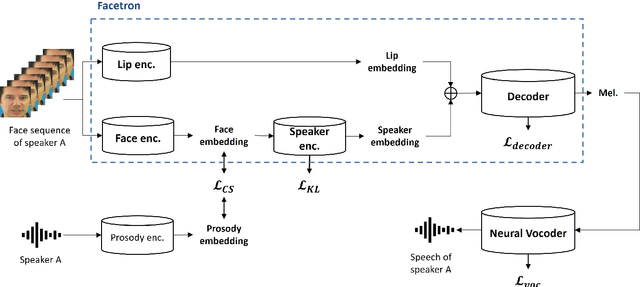

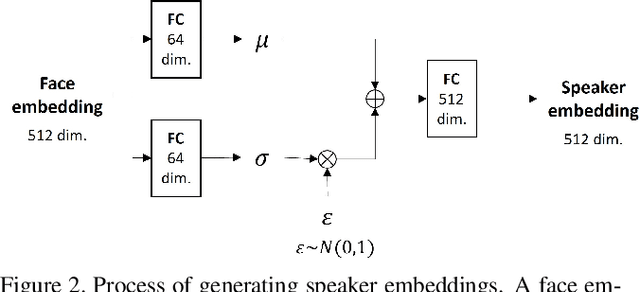

Abstract:In this paper, we propose an effective method to synthesize speaker-specific speech waveforms by conditioning on videos of an individual's face. Using a generative adversarial network (GAN) with linguistic and speaker characteristic features as auxiliary conditions, our method directly converts face images into speech waveforms under an end-to-end training framework. The linguistic features are extracted from lip movements using a lip-reading model, and the speaker characteristic features are predicted from face images using cross-modal learning with a pre-trained acoustic model. Since these two features are uncorrelated and controlled independently, we can flexibly synthesize speech waveforms whose speaker characteristics vary depending on the input face images. Therefore, our method can be regarded as a multi-speaker face-to-speech waveform model. We show the superiority of our proposed model over conventional methods in terms of both objective and subjective evaluation results. Specifically, we evaluate the performances of the linguistic feature and the speaker characteristic generation modules by measuring the accuracy of automatic speech recognition and automatic speaker/gender recognition tasks, respectively. We also evaluate the naturalness of the synthesized speech waveforms using a mean opinion score (MOS) test.
 Add to Chrome
Add to Chrome Add to Firefox
Add to Firefox Add to Edge
Add to Edge